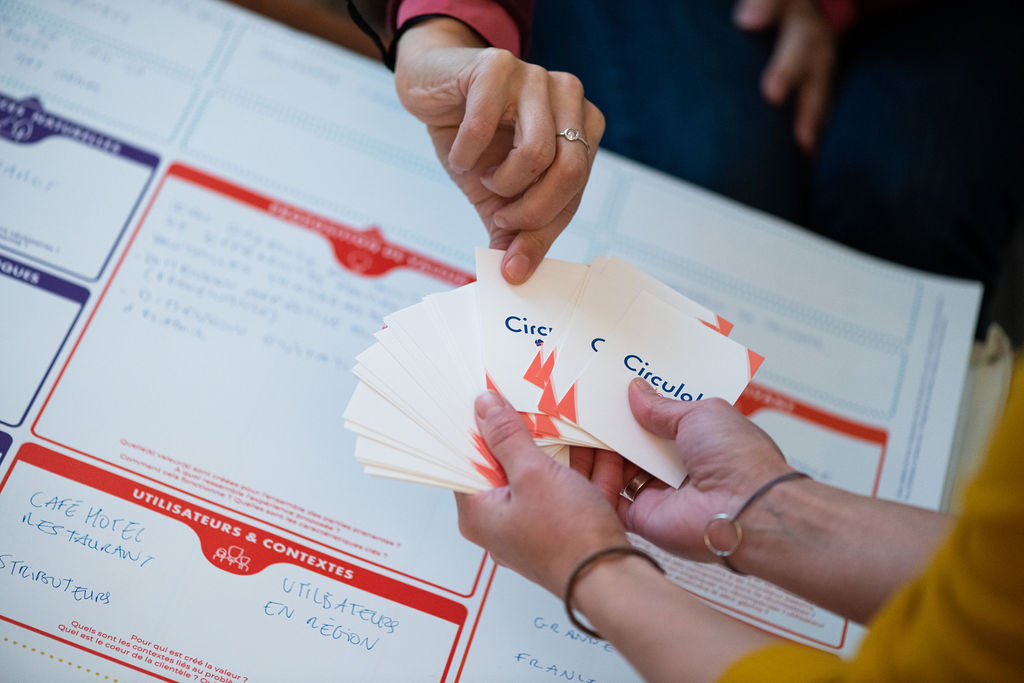The impact of the textile industry in a linear economic model
The textile industry, one of the most polluting in the world, is traditionally rooted in a linear economic model characterised by ‘produce, consume and throw away’. This system generates huge quantities of waste: every year, millions of tonnes of textiles are thrown away, contributing significantly to soil and river pollution.

In addition, this model leads to the depletion of natural resources, such as water and organic fibres, and high energy consumption, thereby increasing greenhouse gas emissions. The massive use of chemicals in the dyeing and treatment of textiles also poses serious public health and environmental problems.
Circular economy & Resilience: the keys to a sustainable and responsible textile industry
Faced with these challenges, the circular economy presents itself as a viable alternative, advocating the optimal use of resources through their reuse, recycling and recovery.
This model aims to create a system where every element is designed to be sustainable, repairable, reusable or recyclable. By reducing reliance on raw materials and minimising waste, the circular economy not only helps to preserve the environment, but also strengthens the resilience of businesses in the face of fluctuating raw material prices and increasing regulatory restrictions.
It also responds to growing consumer demand for products that are more environmentally friendly and socially responsible.
The Circular Canvas tool to transform the textile industry
The Circular Canvas is an essential strategic tool for textile companies looking to transform their business model. Inspired by the Business Model Canvas, it incorporates the key elements of the circular economy, enabling companies to visualise and design every aspect of their business model, from product design to end-of-life.

This circular design tool also helps companies identify opportunities to innovate their business model and rethink their processes.
Inspiring examples of the circular economy
Une Robe Un Soir is a striking example of how the circular economy principles can be applied in the fashion industry. By offering a rental service for luxury clothing, this company extends the life of items and reduces the need for excessive production. This model not only reduces waste and carbon footprint, but also meets the growing demand for more flexible and accessible fashion.
Rewoven, on the other hand, is revolutionising the way textiles are used by repurposing used textiles and transforming them into high-quality fashion items. Their process begins by sorting the textiles, followed by a thorough cleaning to remove contaminants. These textiles are then broken down and reprocessed into new yarns, which are used to create a variety of products, from clothing to jewellery. This process not only helps to reduce textile waste, but also ensures the quality of the items manufactured by the brand.
Looking for innovative textile solutions?
Discover our DICES monitoring platform, which offers you +500 circular economy solutions in +20 industries.
